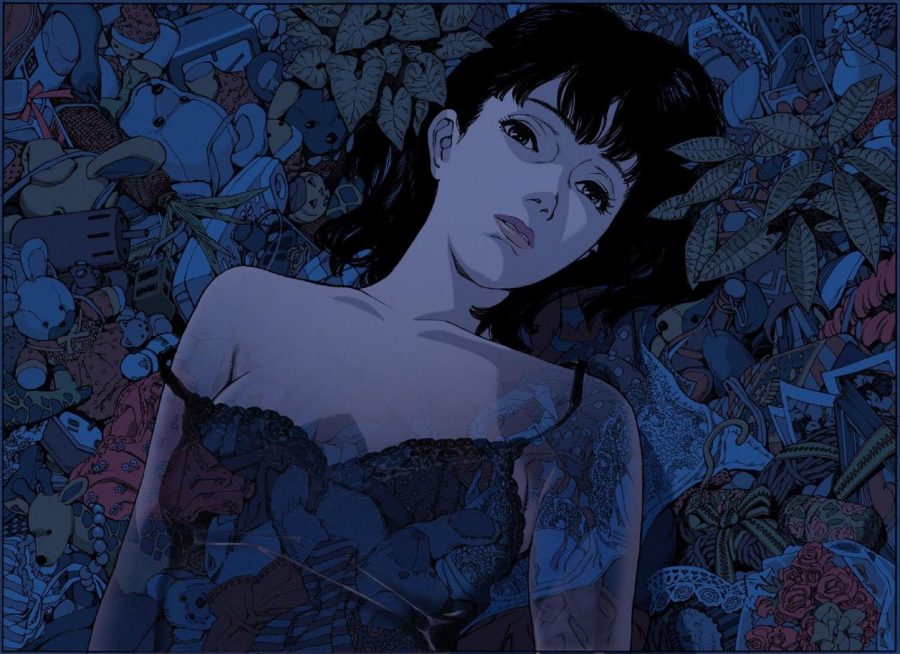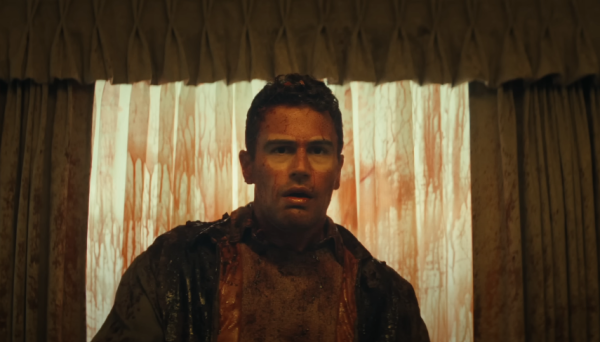Perfect Blue: A Perfect Commentary on Celebrity
The year is 1997, and upcoming animation director Satoshi Kon has just released his debut film Perfect Blue at the Fantasia Film Festival in Montreal. No one had seen anything like it. Here was a Japanese animated film that eschewed beautiful fantasy landscapes and loud action in favor of a psychologically complex story deeply rooted in horror-tinged social commentary.
Upon release, some critics wrote off Kon’s thriller as “over-stylized” or “exploitative,” perhaps unable to admit that an animated film could replicate the same nerve-wracking tension of its live-action peers. However, Perfect Blue has since grown highly in esteem, thanks in large part to its continued relevance to modern day. While the film may still be open to interpretation, one cannot deny that Perfect Blue’s themes on celebrity culture, female autonomy, and mental health still hold significant weight.
Perfect Blue is about Mima Kirigoe, a beloved J-pop artist who dreams of becoming a full-time actress. Mima decides to put her singing career on hold in favor of pursuing acting, much to the dismay of her entitled (and predominantly male) fanbase. Audiences familiar with Mima’s squeaky clean J-pop image are unable to accept her new role on a disturbingly violent detective show, accusing the young woman of ‘betraying her true self.’
Those who don’t shame Mima for her life choices instead choose to exploit her behind the camera, pressuring the aspiring actress into doing sexually explicit scenes that have a harrowing psychological effect on her. Slammed with vile fans on one side of her life and manipulative studio executives on the other, Mima goes through a mental breakdown, losing the ability to determine her sense of self.
Perfect Blue is an uncompromisingly bleak examination of the parasitic relationship between celebrity and autonomy. Mima’s fanbase portray ravenous consumers, people who are so invested in the star’s life that they think they understand her as a human being. These fans lash out when Mima makes a decision that clashes with their fantasy version of her, attempting to dehumanize her through online heckling and slut-shaming. One of these voyeuristic zealots takes their entitled sense of misogyny to murderous extremes, using violence to punish Mima for her career aspirations. While most filmmakers would use these antagonists for cheap scares, Kon refuses to use these characters as a form of mere escapism.
Kon’s view of fandom is undeniably disturbing, but what makes it especially hard to watch is his empathy for Mima as a character. Sadayuki Murai’s script does not focus on Mima’s fans but on the woman herself, showing audiences at home the profound psychological effect these kinds of fanbases can have on a person. The editing of Perfect Blue matches Mima’s mental state, so viewers perceive a very visceral understanding of what it is like to go through a traumatic breakdown. The audience feels like they are going insane along with the character, as her identity issues start to manifest through razor sharp editing and nightmarish hallucinations, making the story difficult to decipher. This lack of a buffer between the audience and Mima makes it impossible not to empathize with her, for the viewers at home are subjected to the horrific consequences of fan entitlement through the protagonist herself.
While Perfect Blue’s view of fame was molded after Kon’s disdain for Japanese otaku culture, the film’s themes are relevant on a globe scale. Whenever women in the entertainment industry do something that clashes against their fandom, there is backlash, whether it be in taking up social causes or simply the way in which they use their bodies. Throughout history, pop culture consumers will take to the internet to criticize celebrities for failing to live up to their fantasies. Perfect Blue takes this societal issue and frames it as a psychological horror film, using stunning animation, strong writing, and breathtaking editing to make this grounded concept horrifying to anyone with a beating heart.
Perfect Blue serves as more than a profound social commentary, for it’s also a masterclass in filmmaking. Satoshi Kon was one of the greatest artists of the past few decades, utilizing animation in a way few filmmakers have been able to replicate. The artwork and animation is incredible, with Kon’s eye for detail shining through despite a limited budget. Kon’s skillful direction extends far past his gorgeous animation, for his masterful pacing adds a dreamlike sense of atmosphere to the film. Masahiro Ikumi’s haunting score also contributes to Perfect Blue’s nightmarish mise en scene, translating Mima’s oncoming madness into a minimalist melody that is truly chilling. The score, when paired with Kon’s artful direction, is part of what makes Perfect Blue such a profound example of horror as an artform.
Looking back, it’s hard to appreciate what a phenomenal debut Perfect Blue was, for Kon truly hit the ground running with this impressively impactful work of art. Perfect Blue holds just as much resonance today as it did back in 1997, with its commentary on fan toxicity aging like fine wine over the years. Great cinema should always remain relevant to the world around it, and when judging Perfect Blue by that criteria, it is crystal clear that Satoshi Kon’s masterstroke of animation is indeed great cinema.






